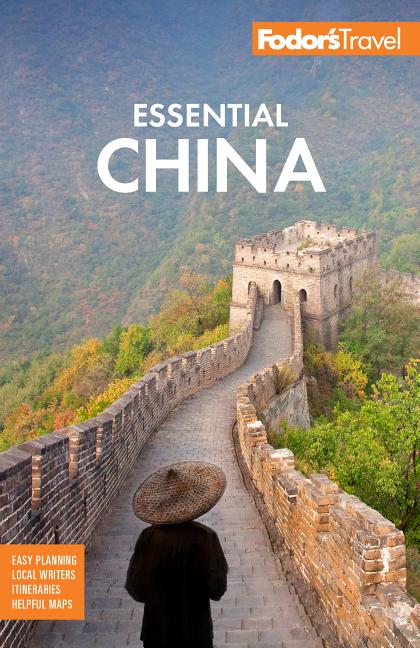Dai and Yi Ethnic Minorities of the Southwest
Dai
Related to Thais and speakers of languages belonging to the Tai-Kadai family, the Dai seem much more Southeast Asian than Chinese. In China they are primarily located in the Xishuangbanna, Dehong, and Jingpo regions of southern Yunnan, but can also be found in Myanmar, Laos, and Thailand. They practice Theravada Buddhism, the dominant form of Buddhism in Southeast Asia. The linguistic, cultural, and religious connections with Southeast Asia give Dai-inhabited regions a decidedly un-Chinese feel. Within China, they are most famous for their spicy and flavorful food and their Water Splashing Festival (water is used to wash away demons and sins of the past and bless the future). Many grow rice and produce such crops as pineapples, so villages are concentrated near the Mekong (Lancang) and Red (Honghe) rivers. The Dai population here has ebbed and flowed with China's political tide, and many are now returning after the turmoil of the 1960s and '70s.
Yi
Descendants of the Qiang people of northwestern China, the Yi (aka Sani) are scattered across southwestern China in Yunnan, Sichuan, and Guizhou provinces as well as Guangxi Zhuang Autonomous Region. The largest concentration of the more than 6½ million Qiang descendants are in Sichuan's Liangshan region. They live in isolated, mountainous regions and are known for being fierce warriors. Notable traits include their syllabic writing system, ancient literature, and traditional medicine—all of which are still being used today. The Yi also sport extravagant costumes that vary according to geographical region. Massive black mortarboard-style hats, blue turbans, ornate red headdresses, and other headwear complement brilliantly colored vests and pants. Their language is part of the Tibeto-Burman language family and similar to Burmese. Some Yi also live in Vietnam, where they are called the Lolo.




